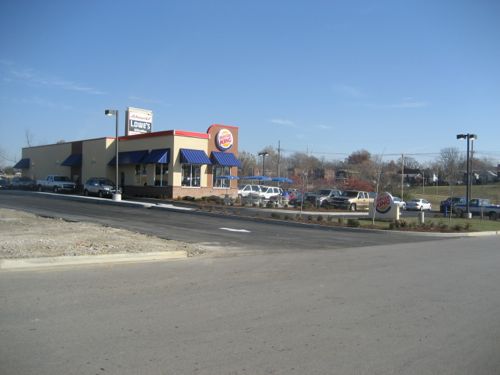Special Taxing Districts in St. Louis

Recent curiosity about special taxing districts has been a can of worms — the number of them just within the City of St. Louis is overwhelming. Plus, they’re not all alike. Some are Community Improvement Districts (CIDs) based on Missouri law, others are special business districts established by the St. Louis Board of Aldermen. Another type is transportation development districts (TDDs). Some collect sales taxes, others property taxes, possibly some collect both. Some collect money from business licenses.
These are different than Tax Increment Financing (TIF). From a 2012 Post-Dispatch story:
Local governments and school districts worried about a cash crunch have put extra scrutiny on the use of TIF, which uses future tax revenue generated by a project to help fund its construction. That can sap money from other needs down the road. CIDs and TDDs, on the other hand, don’t touch the tax base. They simply add a new tax on property owners, shoppers or both extra for an extra layer of service.
They are also popular because they’re flexible. Developers and neighborhood groups say CIDs are a way to raise money for things that cash-strapped city governments can’t afford. Many point to the Times Square Business Improvement District, created in the early 1990s by business owners to help clean up the New York City landmark, as an example of their potential. And similar examples exist in St. Louis. Like in The Grove. (Pennies add up as special taxing districts proliferate)
As an 8+ year property owner in the Downtown St. Louis Community Improvement District I’ve voted on the ongoing management — a state requirement to get approval by a percentage of registered voters. However, the accountably and transparency of these vary greatly.
In 2016 I’ll look into the differences between these districts.
— Steve Patterson

